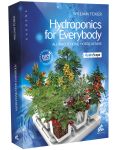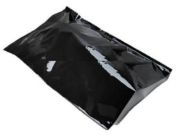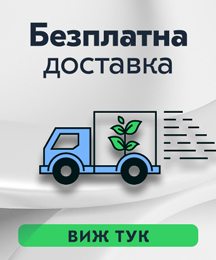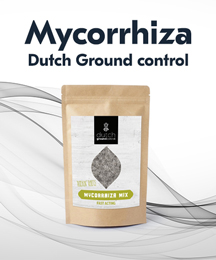Date: 02 Aug 2023
Mineral fertilizers
The European mineral fertilizer industry converts millions of tonnes of natural raw materials such as air, natural gas and mined ores into high-quality plant nutrition products.
Nitrogen fertilizers
Nitrogen-based fertilizers are the most commonly used in Europe.
The main products are nitrate-based fertilizers such as ammonium nitrate (AN) and calcium ammonium nitrate (CAN), which are well suited to most European soils and climates.
Other nitrogen fertilizers include ammonium sulfate and ammonium sulfate nitrate, calcium nitrate, sodium nitrate, Chilean nitrate, and anhydrous ammonia.
Nitrogen fertilizers with inhibitors
Certain climatic and soil conditions can lead to nitrogen immobilization, denitrification, volatilization or leaching, which reduces the effectiveness of fertilizers. In response, the industry has developed special types of fertilizers designed to reduce these effects. These include foliar fertilizers, slow and controlled release fertilizers, and fertilizer additives such as urease and nitrification inhibitors.
Phosphorous fertilizers
The most common phosphorus fertilizers are single superphosphate (SSP), triple superphosphate (TSP), monoammonium phosphate (MAP), diammonium phosphate (DSP), and liquid ammonium polyphosphate.
Different fertilizer products have different release profiles and need different spreader settings for effective application.
Potassium fertilizers
Potassium is also available in a number of fertilizers that contain only potassium or two or more nutrients and include potassium chloride (KCl), potassium sulfate (K2SO4) or potassium sulfate (SOP), potassium nitrate (KNO3), known as KN.
Calcium, magnesium and sulfur
Calcium (Ca), magnesium (Mg) and sulfur (S) are major secondary plant nutrients. Usually they are not applied as simple fertilizers, but in combination with the main nutrients N, P and K.
Sulfur is often added to regular nitrogen fertilizers such as ammonium nitrate.
Other sources of sulfur are single superphosphate (SSP), potassium sulfate (SOP) and magnesium sulfate, the latter also containing magnesium.
Calcium is mainly applied in the form of calcium nitrate, gypsum (calcium sulfate) or lime/dolomite (calcium carbonate), of which calcium nitrate is the only readily available source of calcium for plants.
Fertilizers with trace elements
Today, a large number of special fertilizers are available to supply plants with important trace elements such as iron, manganese, boron, zinc and copper. They can be both inorganic and organic compounds, with inorganic varieties being further divided into water-soluble and insoluble products.
Inhibitors
Today there are two main types of inhibitors available to farmers in the EU.
Nitrification inhibitors are chemical compounds that slow down ammonium nitrification by suppressing the activity of nitrosomonas bacteria in the soil. The goal is to keep ammonium in its soil-stable form and slow down its conversion to nitrate. In this way, the proportion of nitrates in the soil is temporarily reduced, and hence the potential for leaching losses in the water or for the formation of N2O gas in the atmosphere.
Urease inhibitors are chemical compounds that slow down the first step in the breakdown of urea in soil - hydrolysis, which can lead to NH3 emissions and which can occur before it is converted to ammonium. They contribute to a significant reduction of ammonia emissions in the air, one of the main air pollutants.
Organic fertilizers
Plant residues, animal manure and sludge are the main organic fertilizers. Although they have different nutritional value, they are usually found on the farm and the nutrients and organic carbon they contain are recycled. Animal manures and sludges cover a wide range of nutrient sources with different physical properties and nutrient contents. In addition, their nutrient content varies by region and depends on the type of animal and the farm management system.
Other types of plant food
Different fertilization products can help farmers adapt their fertilization practices to environmental and farm conditions: organic fertilizers, organo-mineral fertilizers, mineral fertilizers including inhibitors, liming materials, nutrient media, plant biostimulators, etc.

 New products
New products 

































































 Presents
Presents













Post comment